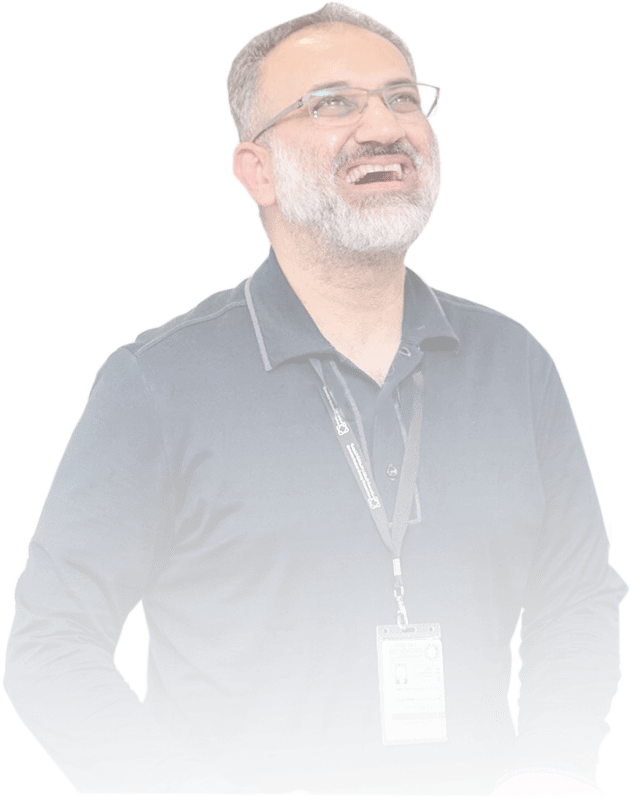
The scientific method is the study of the observable physical world through experimentation, relying on the limited data available to us.
As such, this method is inherently limited and does not lead to absolute truths. However, it allows us to arrive at the best possible conclusions at any given time, based on the data we possess.
These limitations arise from major shifts in data that have repeatedly modified what we once considered absolute truths.
Throughout the history of science, there have been “paradigm shifts” that radically transformed our understanding of the world. Here are some famous examples:
1. The Copernican Revolution (16th Century):
- Old Model: Earth is the center of the universe (Ptolemaic model).
- New Model: The Sun is the center of the solar system (Copernicus).
Impact: A radical shift in astronomy and philosophy.
2. Darwin’s Theory of Evolution (1859):
- Old Model: Species are fixed and created as they are (Creationism).
- New Model: Evolution by natural selection (Darwin).
Impact: Revolutionized biology and our understanding of human origins.
3. Einstein’s General Relativity (1915):
- Old Model: Time and space are absolute (Newton).
- New Model: Time and space form a dynamic fabric (Einstein).
Impact: Transformed our concept of gravity and the universe.
4. Quantum Mechanics (Early 20th Century):
- Old Model: The physical world is deterministic and precisely measurable.
- New Model: Nature is probabilistic, and particles can behave as waves (Heisenberg, Schrödinger).
Impact: Revolutionized our understanding of atoms and energy.
5. Plate Tectonics Theory (20th Century):
- Old Model: Continents are fixed.
- New Model: Continents drift on shifting plates (Wegener).
Impact: Explained earthquakes, mountains, and continental formation.
6. Modern Medicine & Germ Theory (Pasteur, 19th Century):
- Old Model: Diseases are caused by “bodily humors” or bad air.
- New Model: Diseases are caused by microbes (Pasteur).
Impact: Revolutionized medicine and sterilization.
7. DNA and the Molecular Biology Revolution (1953):
- Old Model: Heredity is explained by unknown proteins.
- New Model: DNA carries genetic information (Watson & Crick).
Impact: Opened the door to genetic engineering.
Why Are These Considered “Paradigm Shifts”?
Because they changed the conceptual framework (paradigm) of scientists, forcing them to see the world in a completely new way, as described by philosopher Thomas Kuhn in his book “The Structure of Scientific Revolutions.”
This means that the scientific method is based on experimentation, which can modify and revise what were once considered absolute scientific truths (reality), depending on new information available to humans. It is a limited method because humans themselves are limited.
For example, just decades ago, empirical scientists believed that the Sun was stationary and did not orbit anything. Meanwhile, the Quran consistently stated that the Sun moves in a predetermined orbit. From a scientific perspective back then, any scholar would have claimed the Quran was wrong, not because the Quran was mistaken, but because that scholar was basing his judgment on a flawed understanding of reality. Today, science acknowledges a new reality: the Sun does, in fact, move in a defined orbit.


